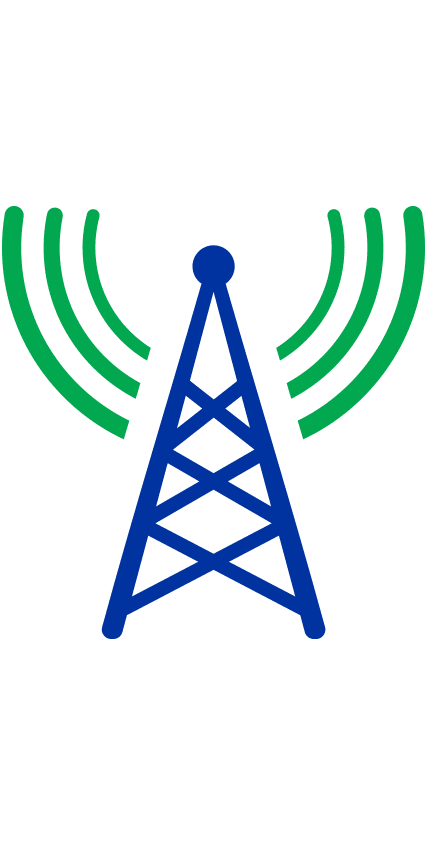About Defeat the Digital Divide
The internet has become an integral tool in education that enables students to access school resources online while opening up new worlds of learning. But with 42 million Americans unable to obtain internet access no matter their incomes, roughly 16 million K-12 students lack reliable digital connections to their schools. This Digital Divide affects school districts in all communities, from rural to urban, and encompasses all income levels.
Defeat the Digital Divide’s mission is to bridge this gap by providing educational resources to bring connectivity to the communities that need it. Led by a collaboration of leading technology experts, STEP CG and Cradlepoint, and educators who combine their expertise and passion for helping kids learn to connect school districts to the resources and funding available to bring reliable internet service to their students.
This website provides a comprehensive portal outlining solutions for improving a district’s dedicated connectivity, from direct carrier agreements to partnering with a technology provider to construct their Long Term Evolution (LTE) tower. Solutions are tailored to the area’s specific needs, challenges, and local requirements.
While this portal is geared toward school officials, Defeat the Digital Divide is a valuable education resource and tool for various community members — from superintendents, teachers, and community members to local government officials — to gauge their community needs and explore connectivity options. Users also have access to vital information that can assist in obtaining proper funding - including who to contact, how to file for it, and how to use it.
We have taken the time to design a site that is clear, concise, and user-friendly. District officials can visit the site on their own time to gain foundational knowledge before taking a deeper dive into the vast resources and funding available to them.
Several helpful tools within site are designed to help districts gain knowledge and make decisions about implementing their own network, including:
- Success stories from other school districts
- Digital Divide Readiness Assessment
- Defeat the Digital Divide Checklist
Defeat the Digital Divide provides information and educational resources to help K-12 schools ensure their students have access to the technology they need to succeed. We offer school districts engaging learning tools to build solutions that will enable them to close the gap between those who have access to reliable internet service and those who don’t.




